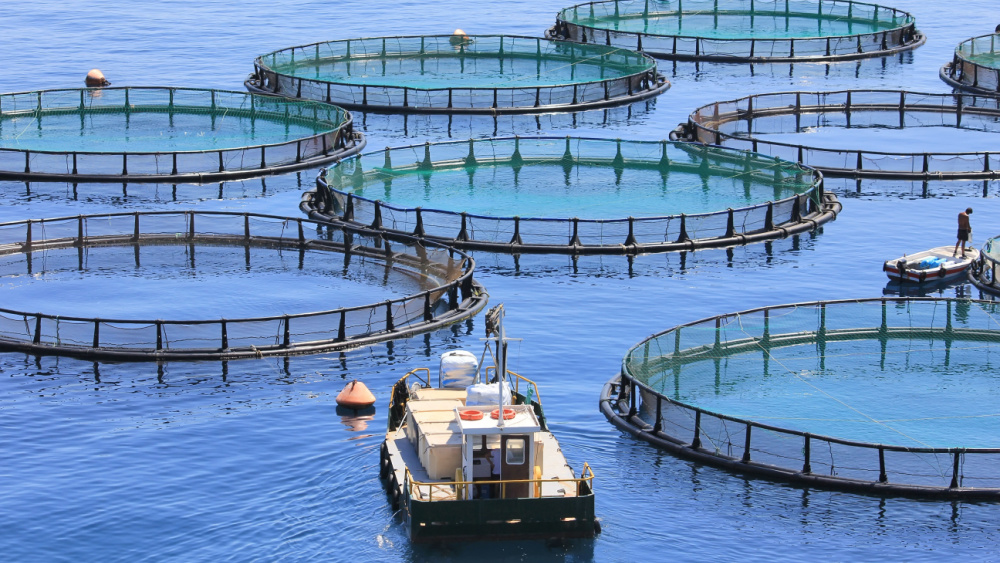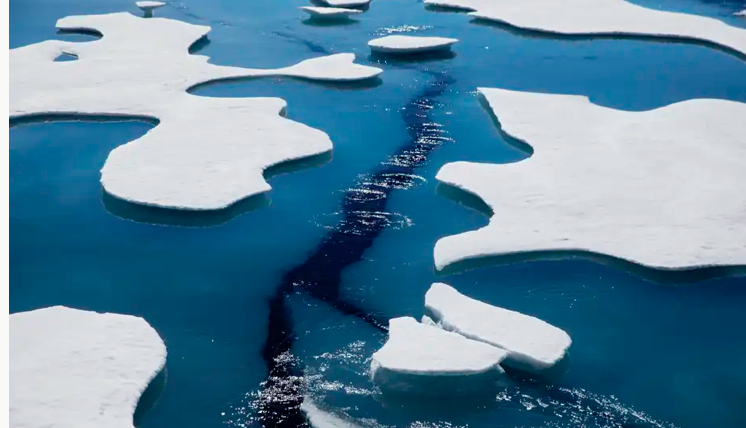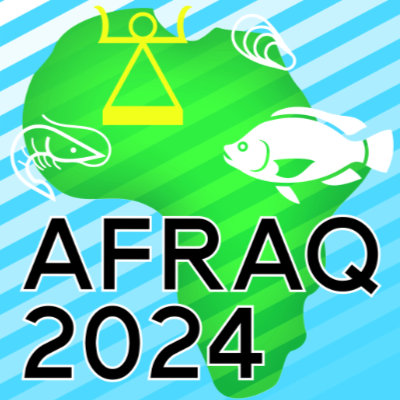In 2022, an estimated 1.08 million tonnes of aquatic organisms were farmed in the EU, valued at €4.9 billion. Aquaculture involves the controlled cultivation of fish, molluscs, algae and crustaceans.
In 2022, 4 EU countries collectively accounted for about two-thirds (67%) of the total production of farmed aquatic organisms: Spain (25%), France (17%), Greece (13%) and Italy (12%).
As in previous years, Norway’s production surpassed that of the entire EU, with 1.66 million tonnes produced, most of which was salmon.
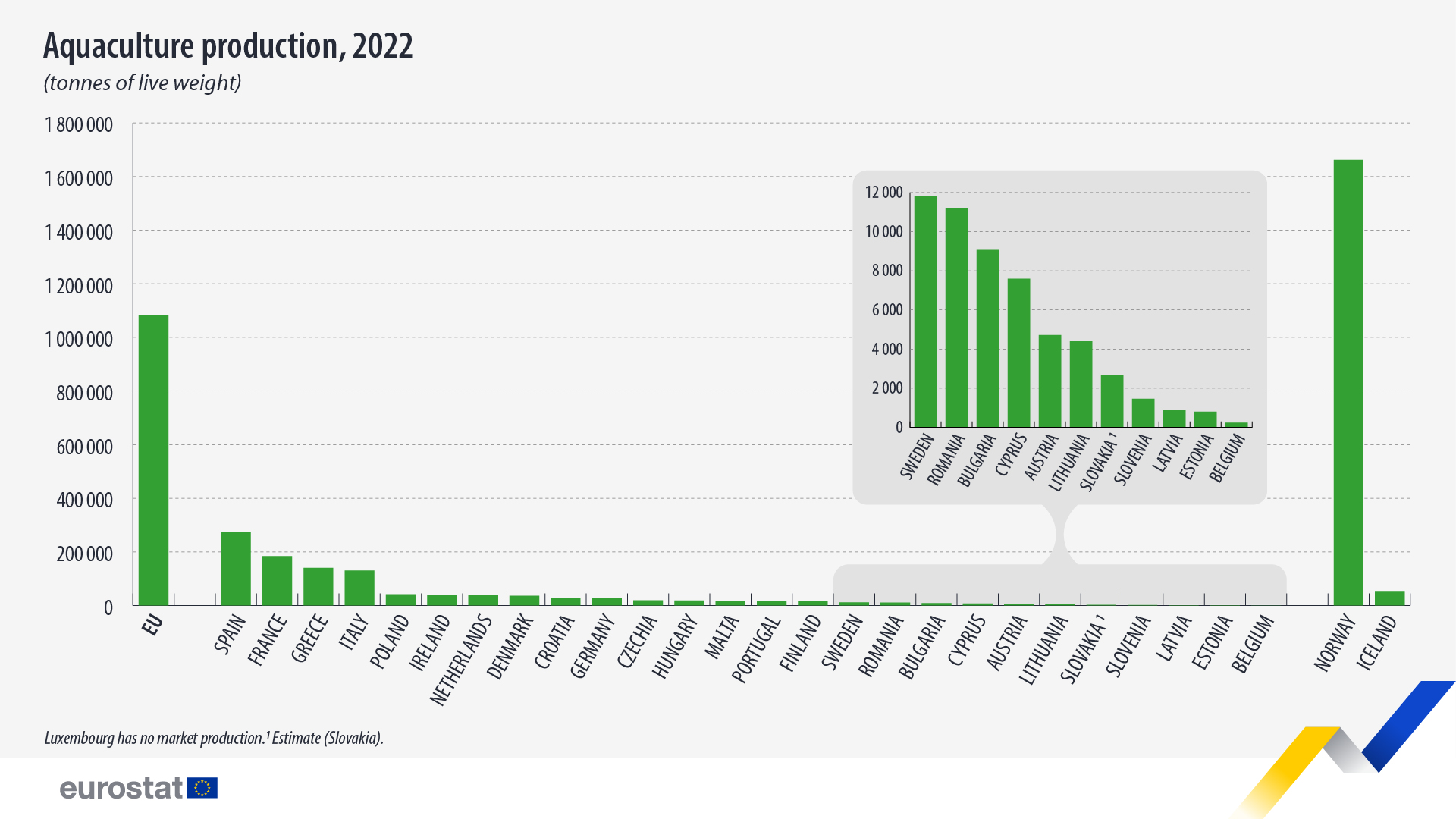
Source dataset: fish_aq2a
Production in the EU is focused primarily on finfish species (such as trout, seabream, seabass, carp, tuna, and salmon) and molluscs (including mussels, oysters, and clams), which together accounted for almost all of the aquaculture production by weight in 2022.
Different aquatic organisms command different prices. The production value of trout (15.1%) and seabass (14.0%) had the highest shares of value for the EU aquatic farming sector.
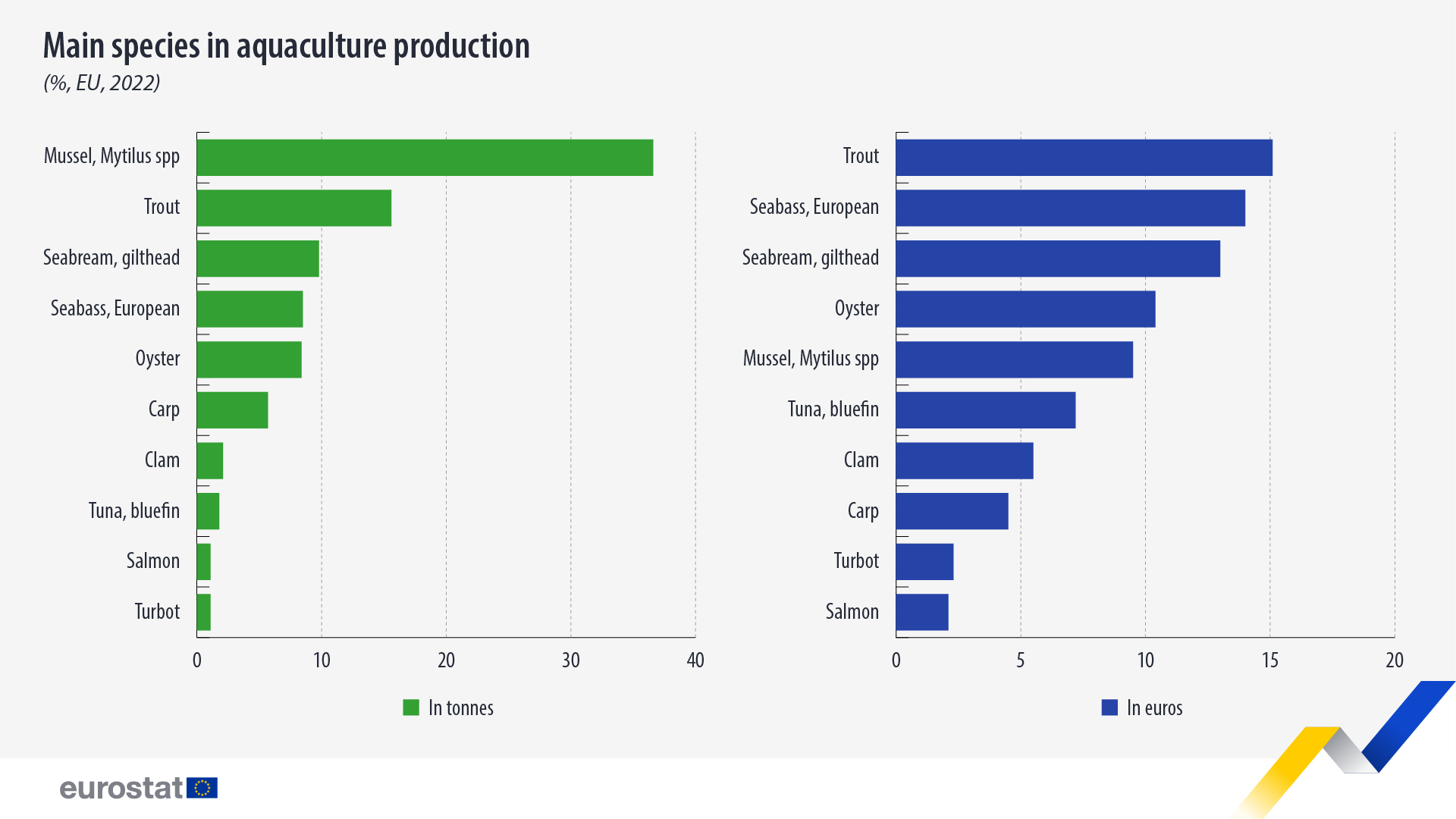
Source dataset: fish_aq2a
Fluctuations in production are present due to a variety of reasons, including the fact that some of the species are being bred and grown solely for stocking purposes, some fish species are not harvested yearly, some enterprises trying new species, and the production of some species is being experimental.
Increased energy prices (due to COVID and war in Ukraine) caused higher production prices, reflected also in selling prices. While production in tonnes remained the same (or even fell in some countries), the total production value in euros climbed higher. Furthermore, some enterprises found it difficult to continue production due to rising costs.


